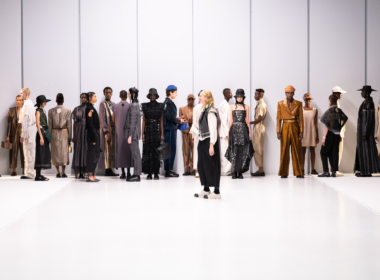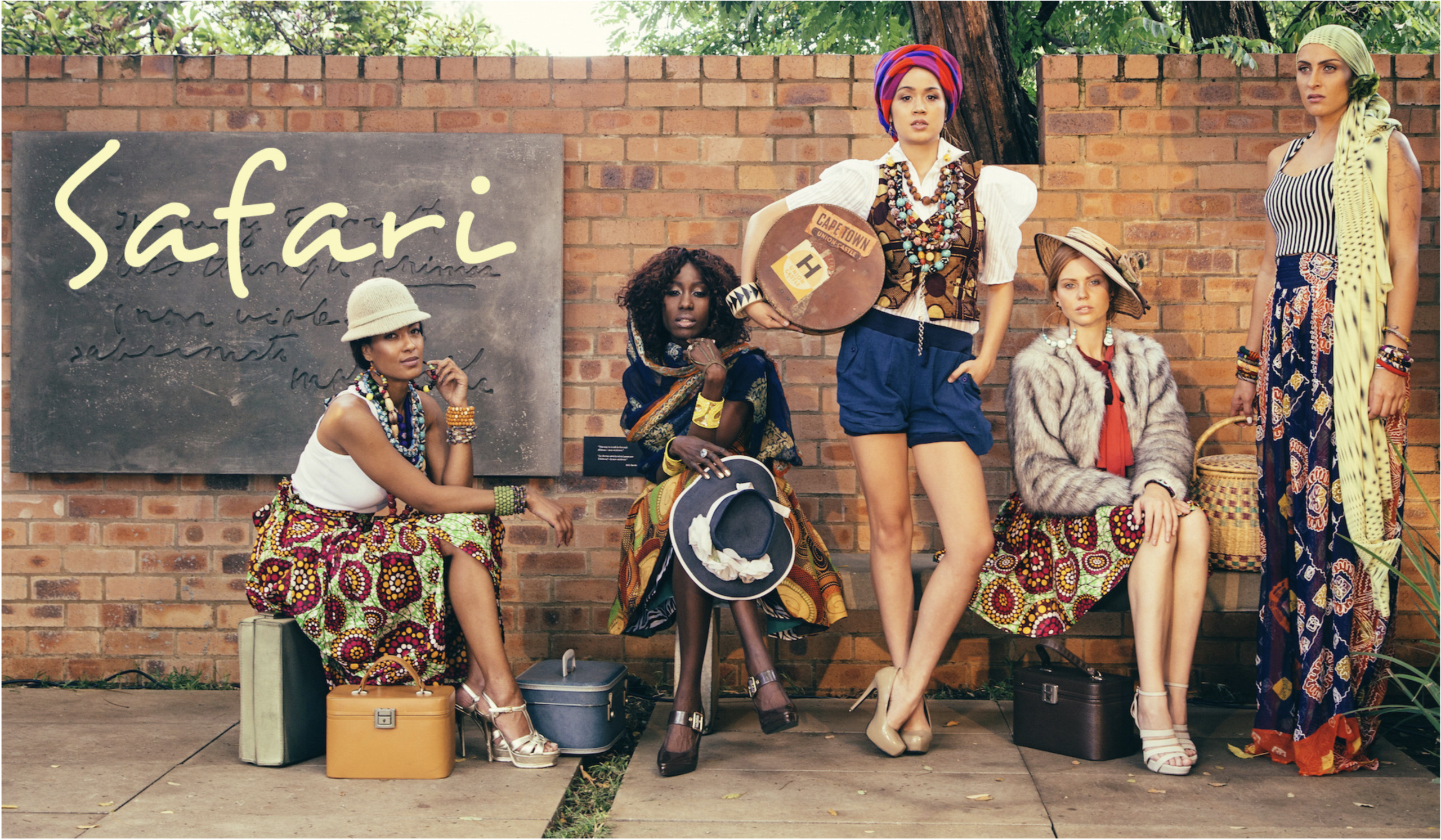Fashion trends often come and go. However, there is something timeless about the beauty and significance of African tribal wear. Steeped in history, culture, and symbolism, various African attires particular to different tribes in Africa serve as an expression of identity, heritage, and community. Generally, African tribal attires always hold some significance that could be associated with the gender, marital status, gender, and social status of the wearer. This blog explores some of these African tribal wears and the significance each of them holds.
Some African Tribal Attires and Their Significance
Check out a few African tribal outfits and the significance they hold.
Kente Cloth
The Kente cloth holds deep cultural significance for the Akan people of the Asante kingdom. There are a lot of beliefs associated with the making of the kente cloth. For instance, there is the spider-related superstition. Hence, one should not start or complete making the kente cloth on a Friday. Traditionally hand-woven by men, each pattern and colour combination in Kente carries specific meanings, ranging from royalty and spirituality to love and prosperity. The Kente cloth is popular for its variety of colours, with each colour having a particular significance. For example, blue symbolises love, green signifies growth and energy, red implies anger and violence, black represents death or old age, and white depicts victory and goodness. Today, the Kente cloth is gaining popularity in many African countries. Tour the World of African Prints.
Ashante/Akan Batakari War Shirt
The Batakari shirt is an important piece of attire common amongst the Akan/Ashante people of Ghana since the 18th century. It was worn by the Ashanti military forces as a war shirt in the 19th century. The Akan Bakatari war shirt is usually made of cotton and covered with metal cases, leather pouches, and amulets. The amulets signify that spiritual forces have been consulted and are at work. Inscriptions from the Quran are written and hidden somewhere in the amulets. This is to prevent others from reading the words and consulting the spiritual forces. The Ashanti military forces only wore this shirt for protection during war, or the election of new leaders, to signify their preparedness for war. Batakari shirts were believed to offer protection to the wearer.
Tsonga Tinguvu or Xibelani Skirt
The Tinguvu or Xibelani skirt is aboriginal to the Tsonga women of Limpopo, South Africa. Introduced sometime in the 1800s, the Tinguvu skirt is now known as Xibelani because of its use in the Xibelani dance. The Tinguvu skirts are made of light and flowy materials such as grass, wool, sacks, and polyester or cotton material. The skirt, which is mostly worn with a matching top and headscarf, usually comes in two layers: an upper short layer and a lower long and broad one. The skirt features some gathers at the waist and is sewn to create a voluminous look when the wearer dances or moves. Tsonga women usually wear the Tinguvu skirt during cultural and ceremonial events such as traditional dances and celebrations, such as weddings, funerals, and coming-of-age ceremonies.
Maasai Shuka
The Maasai Shuka is a versatile garment synonymous with the Maasai people of Kenya and Tanzania. Made from a durable woven cotton fabric called shuka, this attire is known for its bold plaid patterns, usually in red, blue, and black colours. Originally made from animal hides and skins, it has evolved into a cultural symbol worn during rituals and ceremonies. Now, as a part of pop culture, the Massai shuka can be worn in our everyday lives. Learn more about Africa’s Fashion History.
Beyond its practicality, the Maasai Shuka carries deep cultural significance for the Maasai community. It serves as a visual marker of identity, distinguishing the wearer as a member of the tribe and reflecting their connection to the land and traditions. Moreover, the colours and patterns of the Shuka are believed to protect the wearer from predators. The attire is usually tied over the shoulders or around the body, with the length reaching the knees or longer.
Agbada
The Agbada is a traditional attire worn by men in Nigeria. They are known as agbada in Yoruba, babbar riga in Hausa, gmajekura in Kanuri, and boubou in Wolof (a perversion of mbubb). Agbada is characterised by its voluminous robes and elaborate embroidery, the Agbada exudes elegance and sophistication.
Traditionally reserved for special occasions such as weddings, festivals, and ceremonies, the Agbada is a symbol of prestige and authority. The luxurious design reflects the wearer’s social status and cultural heritage. Stay up to date on the newest in the world of Fashion, Arts, Beauty and Lifestyle; Follow FAB on Instagram.
Bògòlanfini (Mud Cloth)
The Bògòlanfini, also known as Mud Cloth, originates from the Bambara people of Mali. This unique textile is handwoven from locally grown cotton and dyed using fermented mud, resulting in distinctive earthy tones and geometric patterns.
Bògòlanfini, as one of the African tribal attires, holds profound cultural significance within Malian society, often worn during rites of passage, ceremonies, and spiritual rituals. In traditional Malian culture, hunters wore the bògòlanfini to serve as camouflage, ritual protection, and a badge of status. The bògòlanfini was also used to wrap women after their initiation into adulthood (which includes genital mutilation) and immediately after childbirth to absorb dangerous forces.











